Rotary switches allow multiple circuits to be controlled by a single switch. Rotary switches rotate in a circle and have multiple stopping points. Rotary switches have many advantages over ordinary switches. This type of actuator can turn circuits ON or OFF depending on the position, and there are numerous possible actuation positions. Rotary switches can allow multiple contacts to occur simultaneously on a single switch position. Read More…
Electro-Mech Components designs and manufactures illuminated pushbutton switches and miniature switches plus multiswitch interlocking assemblies and indicator lights. We have an extensive selection of off-the-shelf pushbutton switches plus industrial-grade switches and are always happy to customize.
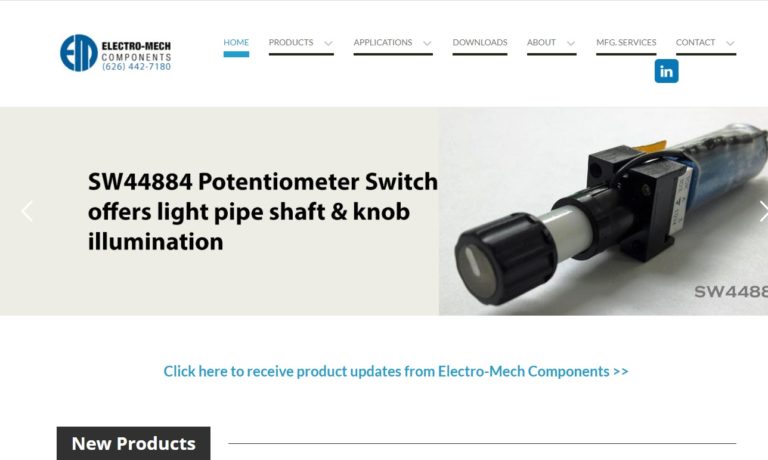
APEM Components, Inc. offers its customers a broad range of high-quality electric switches and is an ideal solution to all your switch needs. APEM has been in the business of switches for over 50 years, servicing the medical, transportation and military industries among many more. APEM guarantees great customer service and timely delivery. Please call APEM today.

Control Concepts’ DAZIC® line of electromechanical and electronic zero speed switches monitor the rotary motion of equipment when interlocked as part of a conveyor system, or other shaft-driven process components. Upon reduction, increase, or loss in rotational motion, the switches will actuate a signal or alarm device, break a circuit to a motor, make a circuit to start auxiliary equipment,...

Euchner-USA, Inc. is a leading manufacturer of enabling switches, limit switches, safety switches, inductive limit switches plus other electromechanical and electric components. For over 40 years, Euchner-USA, Inc. has served a number of diverse industries and markets.
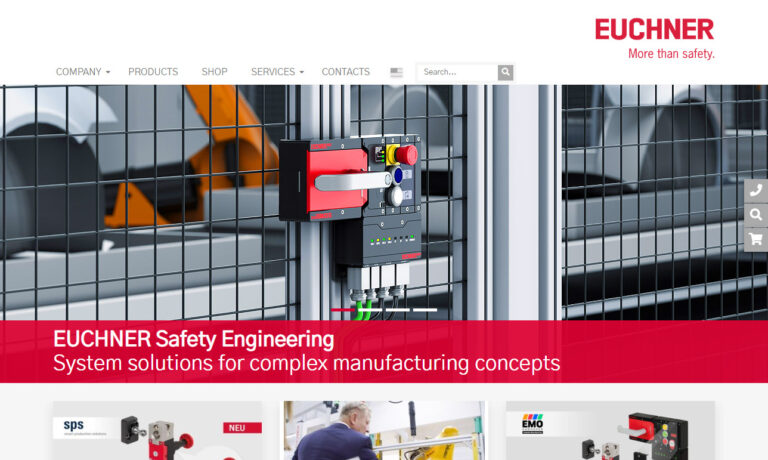
More Rotary Switch Manufacturers
Although common in industrial equipment, rotary switches are also present in consumer products, such as the fan speed controls in a car. Since sophisticated switching operations are now performed using digital devices like touchscreens, rotary switches are now used less frequently. However, mechanical rotary switches are still in use, particularly in equipment where a computer malfunction may pose a safety risk.
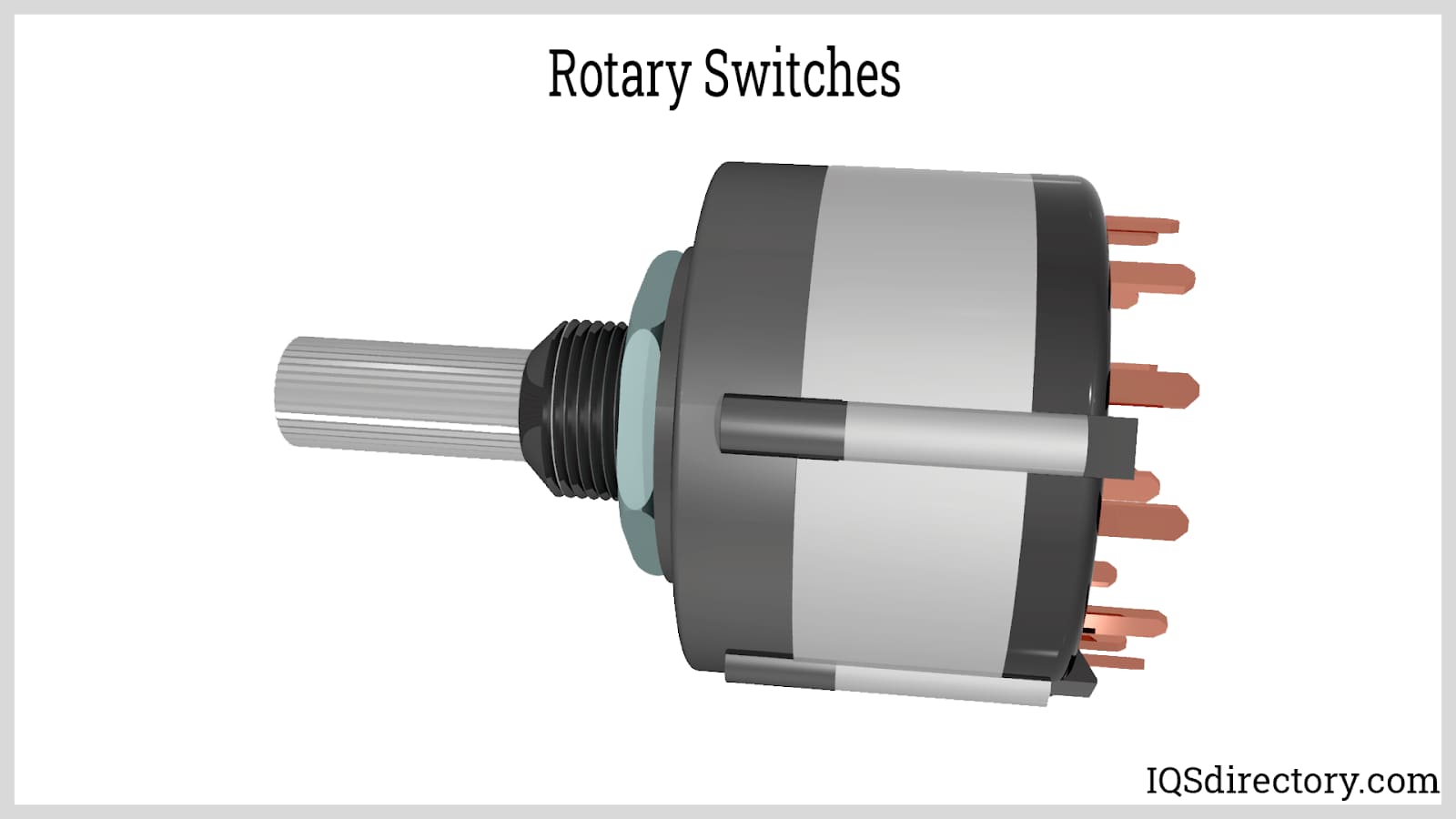
Components of a Rotary Switch
Rotary switches contain a spindle and various rotors. The rotors are mounted on the spindle and each has an arm that can make contact with a terminal when the switch is set in a particular setting. The spindle allows the rotors to rotate among various settings. As a result, the switch can be in dozens of various positions, each of which can be connected to a distinct circuit depending on the quantity of rotors.
A detent mechanism is utilized to position the rotary switch appropriately. A wheel affixed to the rotor and having notches or grooves cut into it serves as the detent. This mechanism prevents the switch from rotating freely and from unintentionally being set to the incorrect setting by making it "click" into place and remain there until enough force is applied to move it to another setting. A spring-loaded ball bearing or piece of spring steel pressing on the wheel presses into the groove securing it into place once the wheel has reached the proper position.
Selection Criteria of a Rotary Switch
As previously mentioned, rotary switches remain a popular device found in industrial and commercial products. Selecting the appropriate rotary switch depends on a number of factors. Below, we examine a few of the various specifications and other details to consider when choosing an appropriate rotary switch.
Physical Specifications
Number of Poles
The number of independent circuits that can be activated simultaneously is determined by the number of poles. The input or common terminal is referred to as the "pole," which refers to the quantity of independent circuits that a switch may regulate. The number of switched contacts, which in turn determines the number of poles required to form or break the contacts, is determined by the number of circuits being managed. Typically, switches have one to four poles. A single pole (SP), double pole (DP), or triple pole switch are the most typical (3P).
Mechanical Life or Electrical Life
Rotating switches have a maximum life expectancy known as mechanical life- the potential life of an operating mechanism. Please check with the manufacturer as electrical life expectancy (in this case, the expected switching life of a relay) is frequently much shorter than mechanical life.
Angle Between Positions
The number of switch positions is determined by the angular separation between places, expressed in degrees. A 4-position rotary switch, for instance, has a 90° angle of throw. The angle of throw for a rotary switch with 100 positions is 3.6 degrees (based on 360° in a circle).
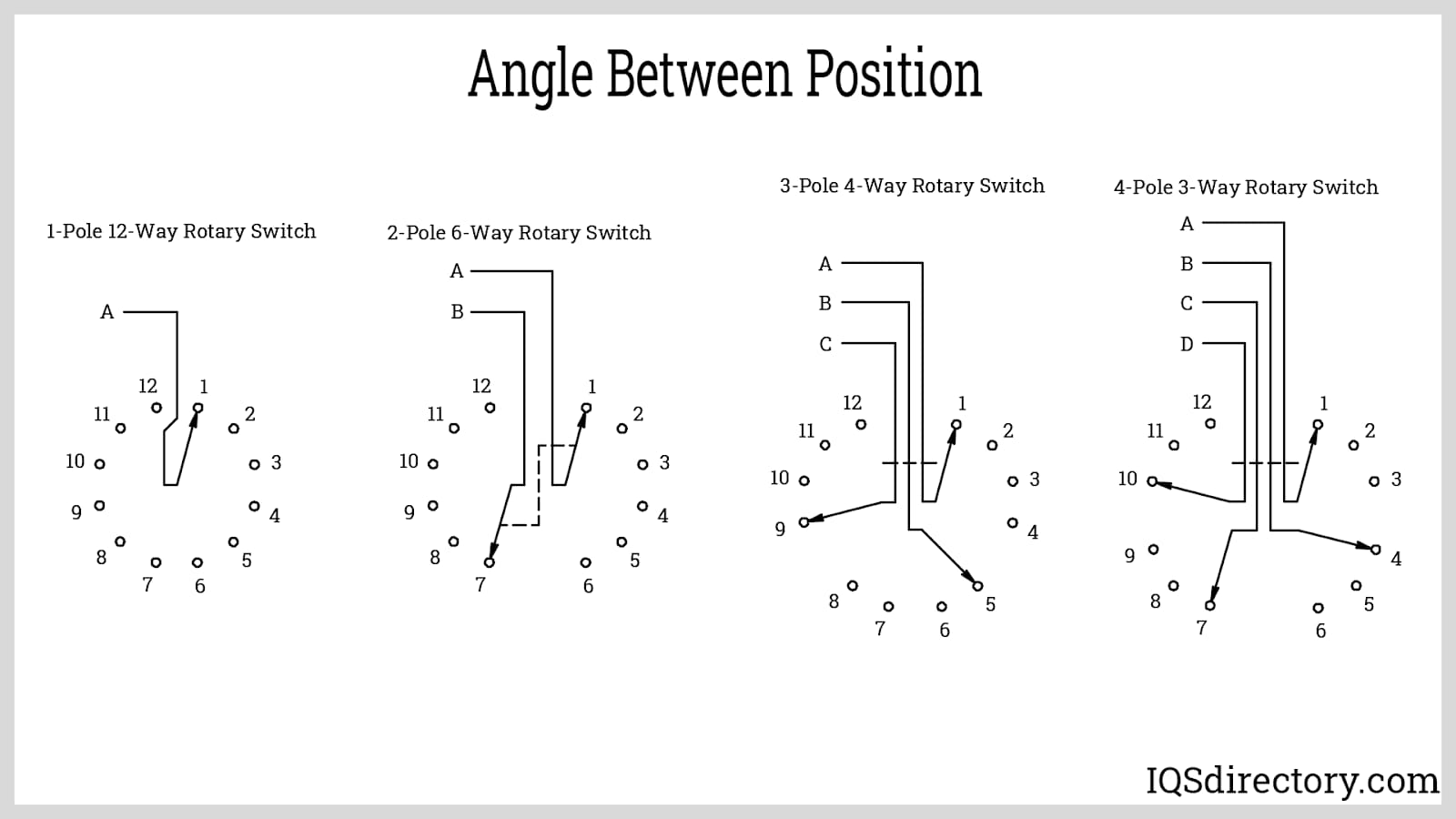
Number of Decks
The amount of decks is the most decks that can be connected to a single, actuated shaft. They can also be referred to as a module, wafer, or section. The two fundamental types are single-deck and multi-deck. A circular plate with a contact configuration makes up each deck. Rotating switches with a single deck can manage multiple circuits simultaneously. Multiple circuits can be controlled at once via multi-deck rotary switches.
Number of Poles Per Deck
The number of independent circuits that can each be turned on by a rotary switch is determined by the number of poles per deck. Instead of throws, the output connections are most commonly referred to as ways. One pole may operate one way, or it could operate 12 ways (or more), depending on the design. The number of locations a switch will have is determined by the number of terminals needed.
Switch Frame
For rotary switches, there are two different types of frames: open and enclosed. Open frame switches can operate reliably thanks to their visible moving elements, which enable self-cleaning contact systems. Additionally, the parts can be supplied separately and they offer a wider range of bespoke contact setups. In enclosed frames, the internal components are hidden, but they provide additional filtration and dust protection. They are typically more affordable and smaller than their open frame competitors.
Additional Rotary Switch Details for Consideration
In addition to the aforementioned physical specifications listed, here are just a few of the additional details to consider when selecting a proper rotary switch:
When switching contact positions while under load (a state of low power being generated between the contact material and electrical arc), current and voltage capabilities are checked. When shifting between positions while under load, an electrical arc (an electrical breakdown where electricity jumps from one connection to another) happens. This arc can eventually lead to contact wear.
The maximum nominal or nameplate current capacity that a switch will support with the contacts closed is known as the maximum current rating; current carrying capacity is expressed in amps. A switch's carrying capacity is higher and there is no arc when the contacts are closed.
Maximum AC (alternating current) voltage rating: the highest AC voltage that a device can withstand
Maximum DC (direct current) voltage rating: the highest DC voltage that a gadget can withstand
Contact Material for Switch: Rotary switches often have electrical contacts constructed of metallic materials because they are resistant to oxidation and maintain low electrical contact resistance; precious or noble metals like gold or silver are utilized for electrical contact.
Choosing the Correct Rotary Switch Manufacturer
To make sure you have the most positive outcome when purchasing rotary switches from a rotary switch manufacturer, it is important to compare several companies using our directory of rotary switch manufacturers. Each rotary switch manufacturer has a business profile page highlighting their areas of experience and capabilities, along with a contact form to directly communicate with the manufacturer for more information or request a quote. Review each rotary switch business website using our patented website previewer for a better understanding of what each business specializes in. Then, use our simple RFQ form to contact multiple rotary switch companies with the same form.

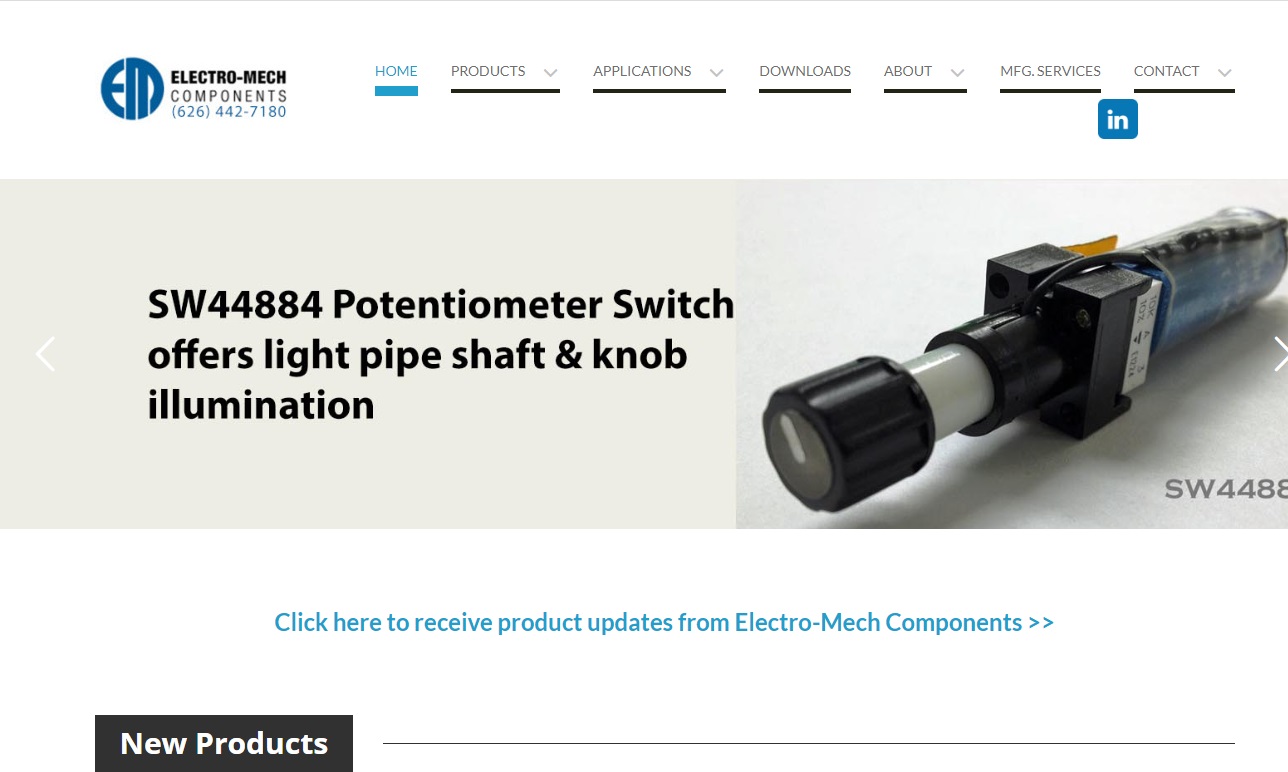


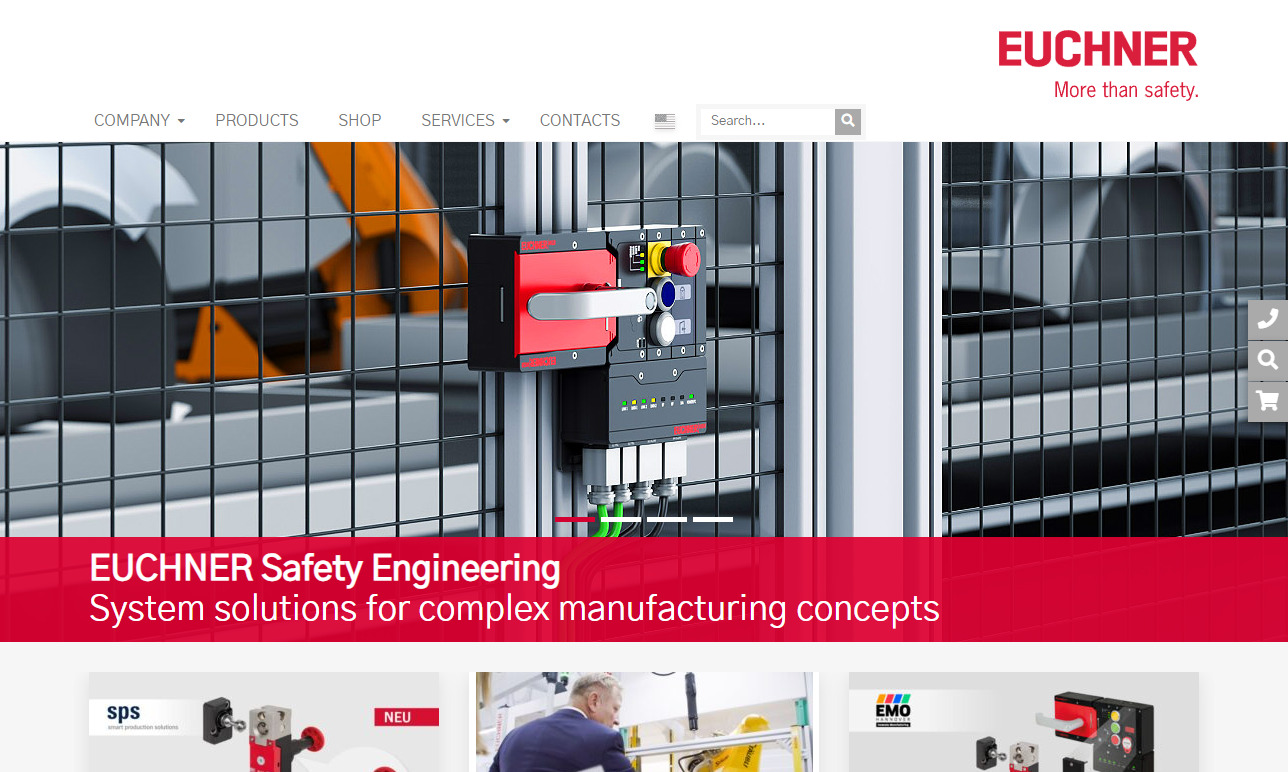
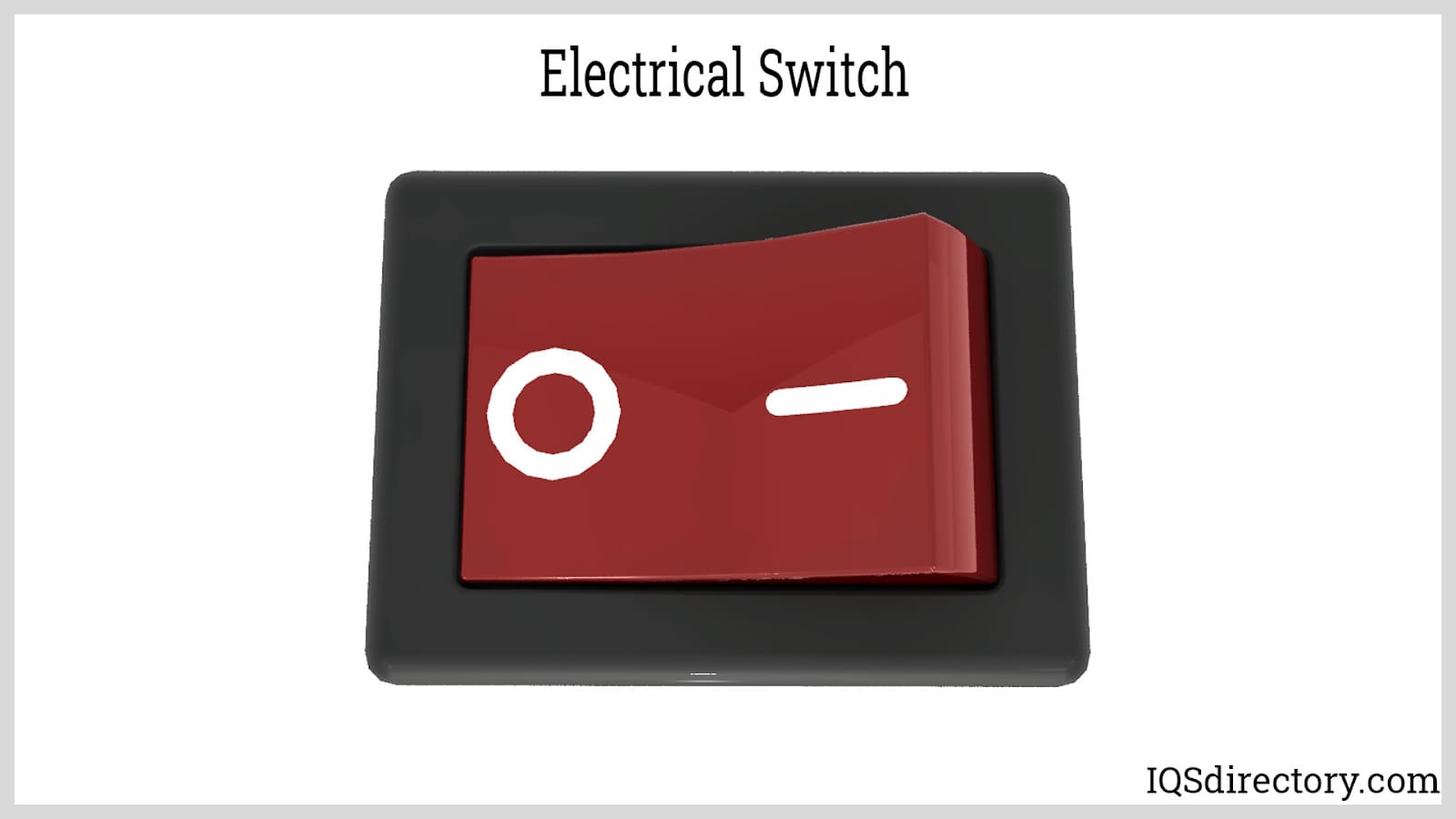
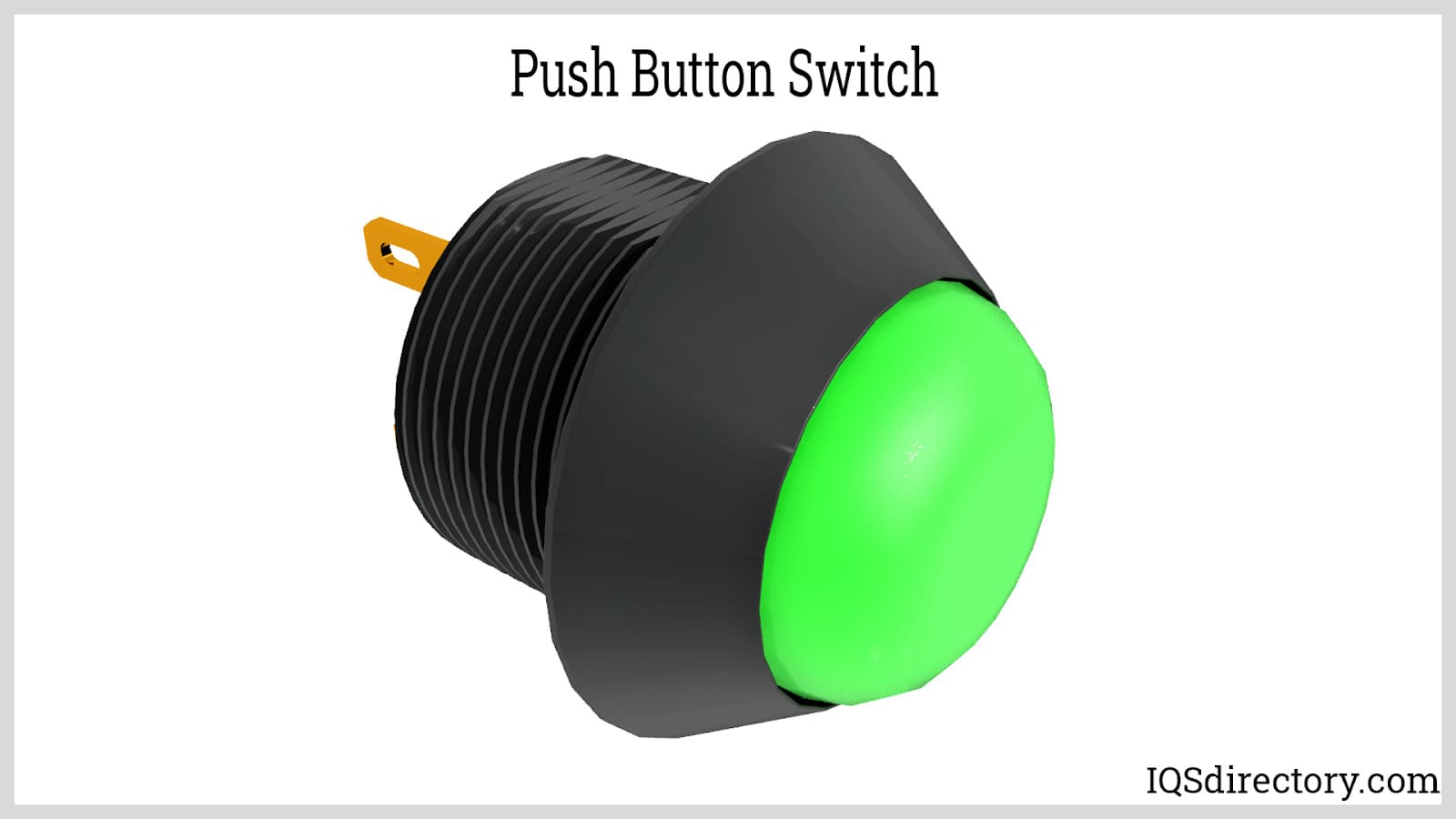
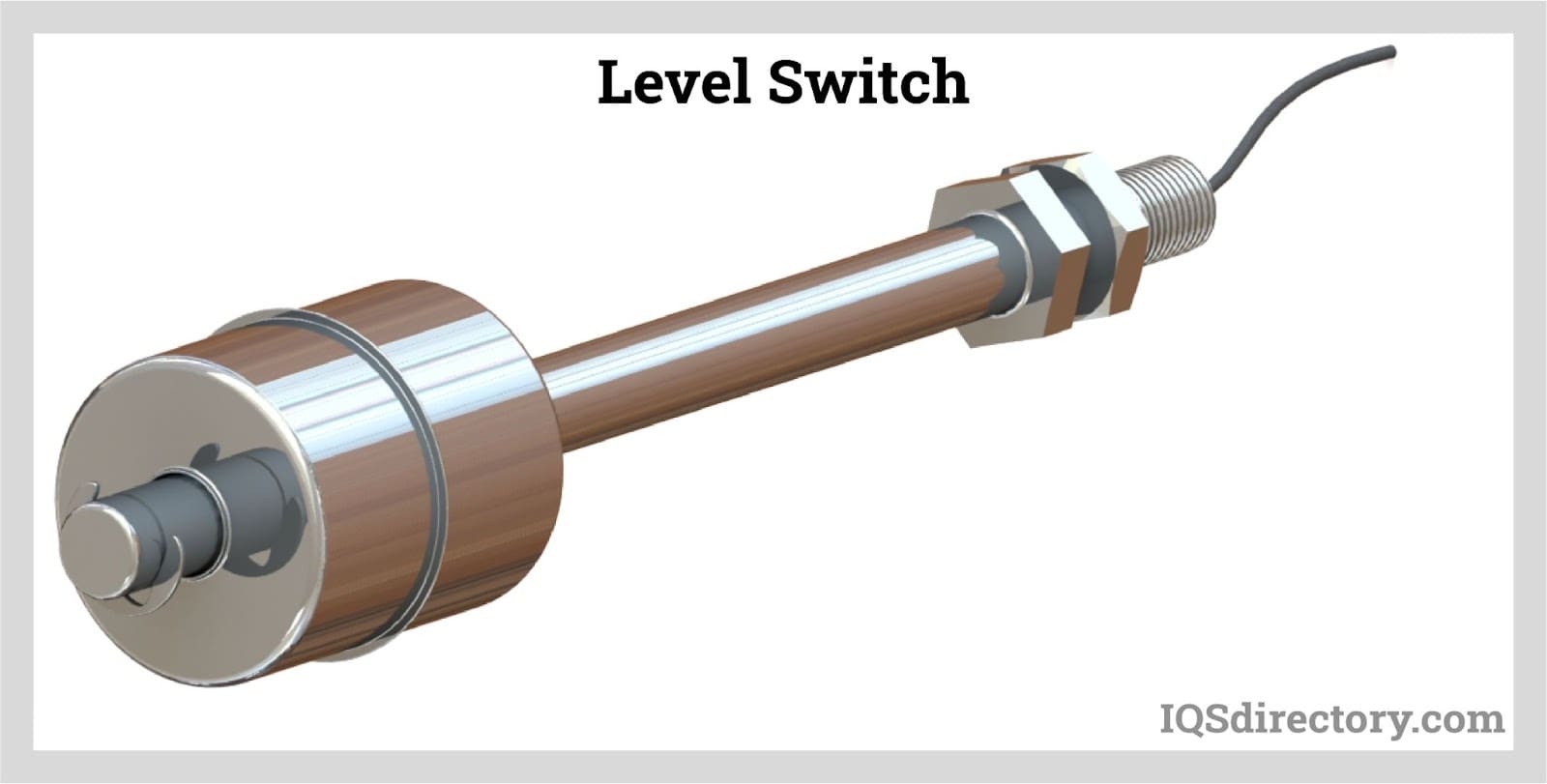
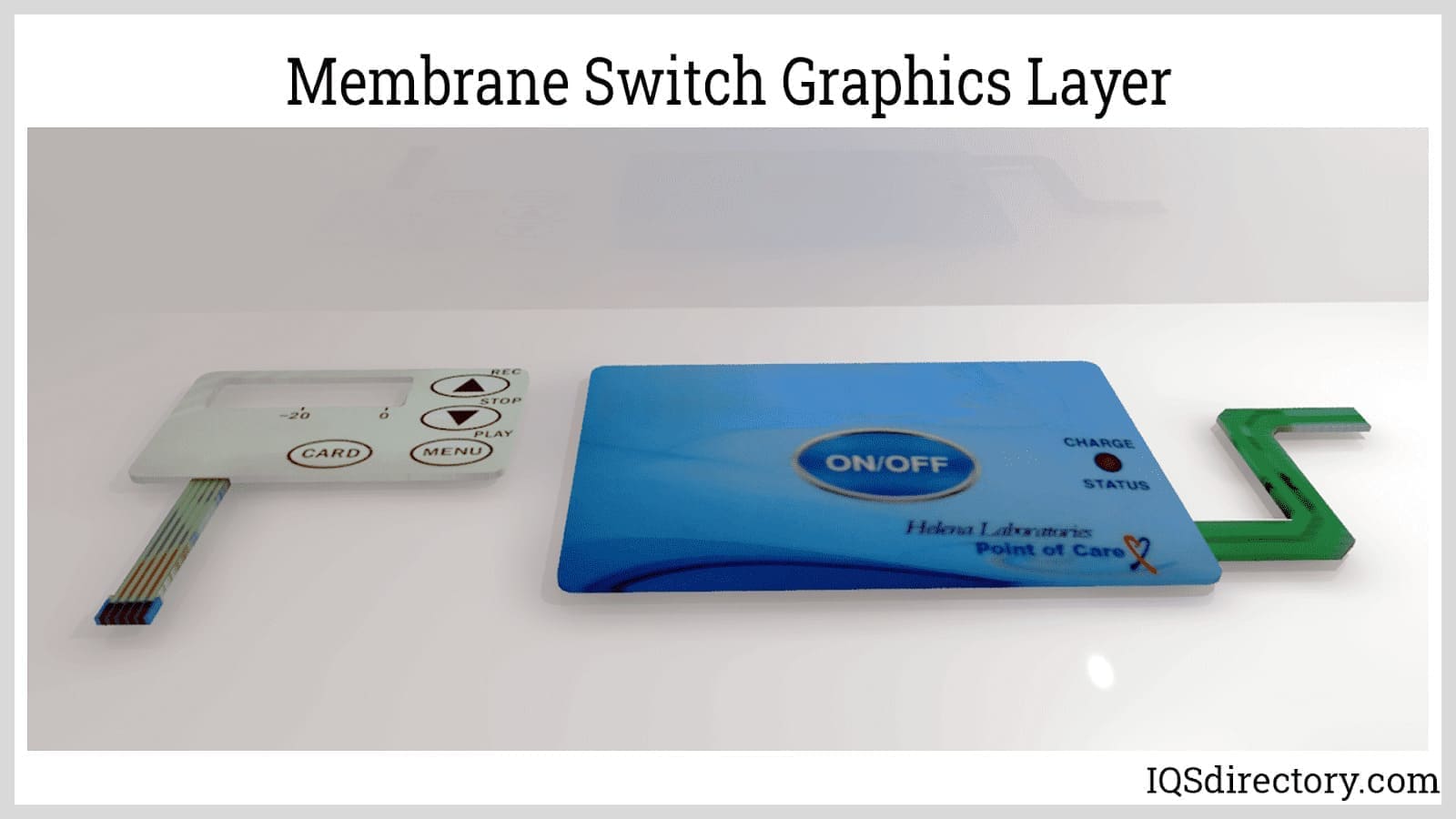
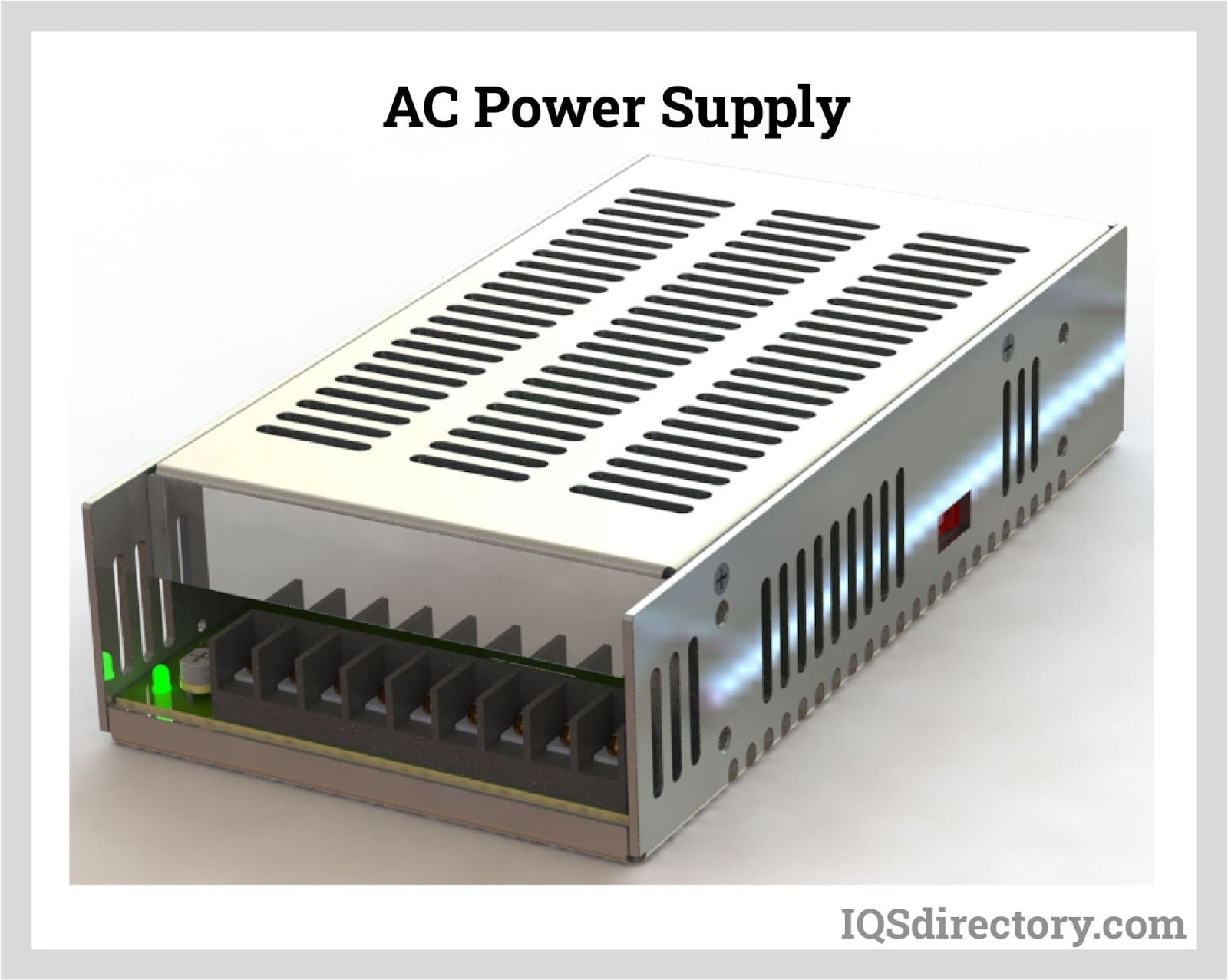
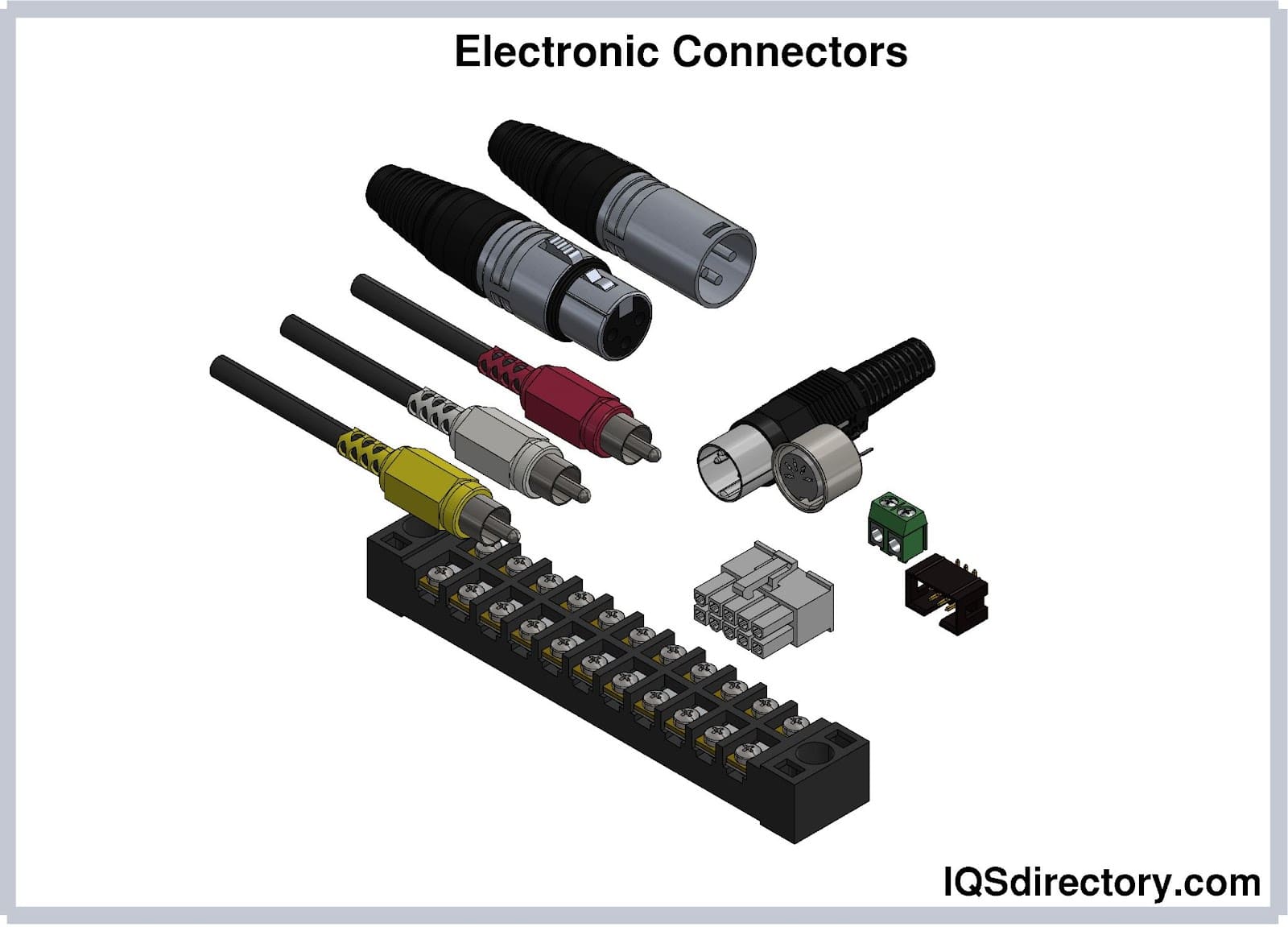
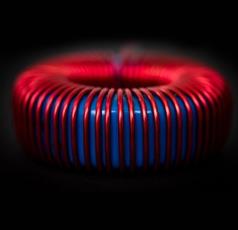 Electric Coils
Electric Coils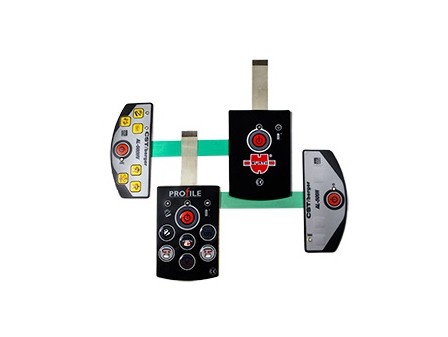 Electric Switches
Electric Switches Electric Transformers
Electric Transformers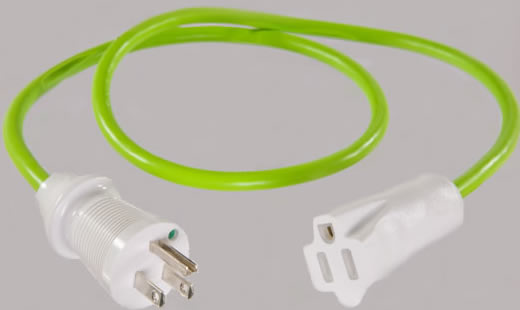 Electronic Connectors
Electronic Connectors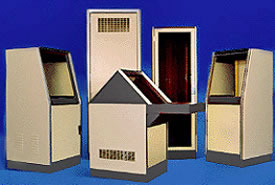 Electronic Enclosures
Electronic Enclosures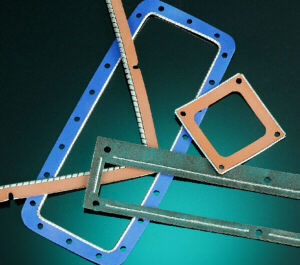 EMI Shielding
EMI Shielding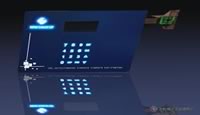 Membrane Switches
Membrane Switches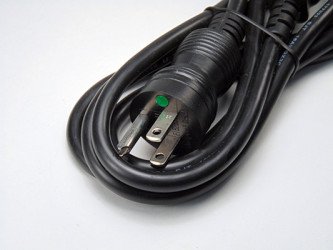 Power Cords
Power Cords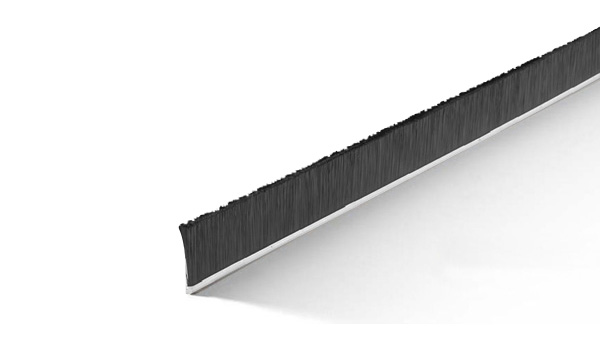 Static Eliminators
Static Eliminators Castings & Forgings
Castings & Forgings Bulk Material Handling
Bulk Material Handling Electrical & Electronic Components
Electrical & Electronic Components Flow Instrumentation
Flow Instrumentation Hardware
Hardware Material Handling Equipment
Material Handling Equipment Metal Cutting Services
Metal Cutting Services Metal Forming Services
Metal Forming Services Metal Suppliers
Metal Suppliers Motion Control Products
Motion Control Products Plant & Facility Equipment
Plant & Facility Equipment Plant & Facility Supplies
Plant & Facility Supplies Plastic Molding Processes
Plastic Molding Processes Pumps & Valves
Pumps & Valves Recycling Equipment
Recycling Equipment Rubber Products & Services
Rubber Products & Services